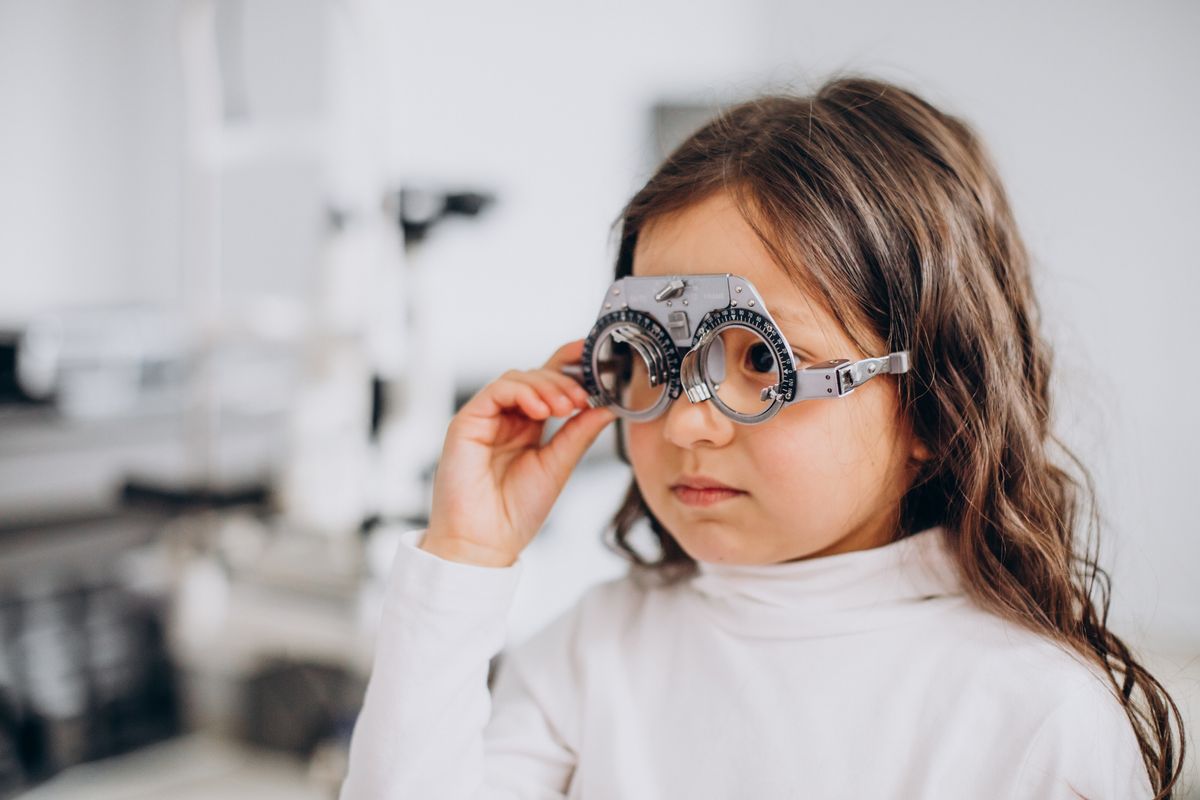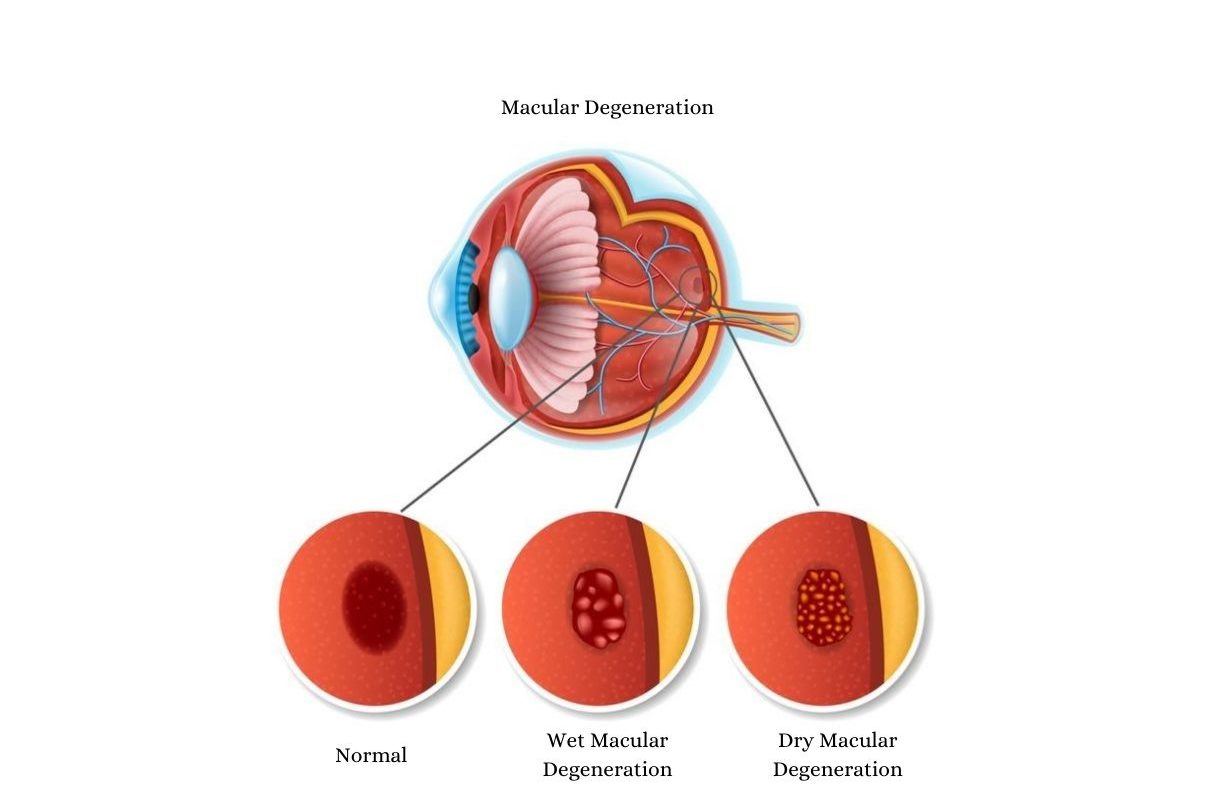
How to Clean Glasses Properly and What to Avoid While Cleaning?
How to clean glasses? This might not be one of the questions that comes to your mind often. You just do it without much thought, as it’s an everyday task. However, don’t be surprised if you find out through this article that you are missing some critical steps.
The hygiene of your eyeglasses is directly linked to your eye health, so you better not take it for granted. Read this post to learn how to make eyeglasses cleaner and how not to clean the glasses. Check out some additional information on how to get rid of scratches and how to store eyeglasses properly. Let’s start reading! Continue reading How to Clean Glasses Properly and What to Avoid While Cleaning?

Dr. Azhar I. Salahuddin is an ophthalmologist and is fellowship-trained in cornea, external diseases, and refractive surgery. Dr. Salahuddin has been performing cataract surgery for over 19 years and specializes ocular reconstruction, corneal transplantation surgery as well as vision correction through a variety of intraocular lenses. Dr. Salahuddin is board-certified by the American Board of Ophthalmology and was trained at Boston University.










